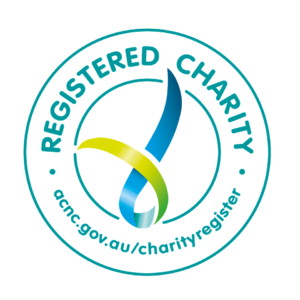Where is Sierra Leone?

President: Ernest Koroma (2007)
Land area: 27,653 sq mi (71,621 sq km)
Human Development Index ranking: 181st (out of 188)
GDP per capita: US$1,600 (2015)
Population below poverty line: 70.2% (2004 est.)
Adult Literacy: 48.1%
Life Expectancy: 58.2 years
Physicians per 100,000 people: 0.02
Under 5 Infant mortality: 70 deaths per 1,000 births
Access to safe drinking water: 62.6% of the population
Electricity Access: 5% Total population (of which urban 11%, rural 1%)
Central Intelligence Agency (www.cia.gov), The World Factbook September 2016.
Geography
Sierra Leone, on the Atlantic Ocean in West Africa, is half the size of Illinois. Guinea, in the north and east, and Liberia, in the south, are its neighbors. Mangrove swamps lie along the coast, with wooded hills and a plateau in the interior. The eastern region is mountainous.
Government
Constitutional democracy.
History
Founded in 1787 as a colony for freed slaves that were living in London, modern-day Sierra Leone has experienced a somewhat tumultuous history. In 1807 the colony was placed under the control of the English crown and subsequently was utilized as a base from which to fight the Atlantic slave trade. In 1896, the British declared the Sierra Leone protectorate, whereby the surrounding hinterland was formally incorporated under British rule, giving Sierra Leone the boundaries that are still in existence today. Independence was granted in 1961.
However, the country was soon to suffer from a long period of corrupt authoritarian rule. Opposition to the central government was gradually eliminated, culminating in the declaration of Sierra Leone as a one-party state in 1978. Infrastructure and livelihoods in the country declined dramatically during this period, placing Sierra Leone at the bottom on the United Nations’ Human Development Index even before the start of a ten-year civil war in 1991.
The civil war was initiated by the exiled group of Sierra Leoneans living in neighbouring Liberia, supported by Charles Taylor’s Government. The conflict was brutal, displacing over two million people (about one-third of the population), killing around 50,000, while injuring and maiming countless others. The war was finally brought to an end in 2001, due to the late intervention of the British and subsequent successful peace negotiations. Since this time Sierra Leone has remained relatively peaceful, nevertheless, a huge task remains in rebuilding the livelihoods of the population devastated by a history of the corrupt rule and civil conflict.
REGISTERED CHARITY

We acknowledge the First Nations People of Australia as the custodians and traditional owners of the land from which we advocate for improving access to quality education for and providing opportunities for orphaned and vulnerable children and youths (male and female) in Sierra Leone. We pay our respect to Indigenous Elders, past, present and emerging, and acknowledge and uphold their continuing relationship to this land. This is, was and always will be Aboriginal land.
